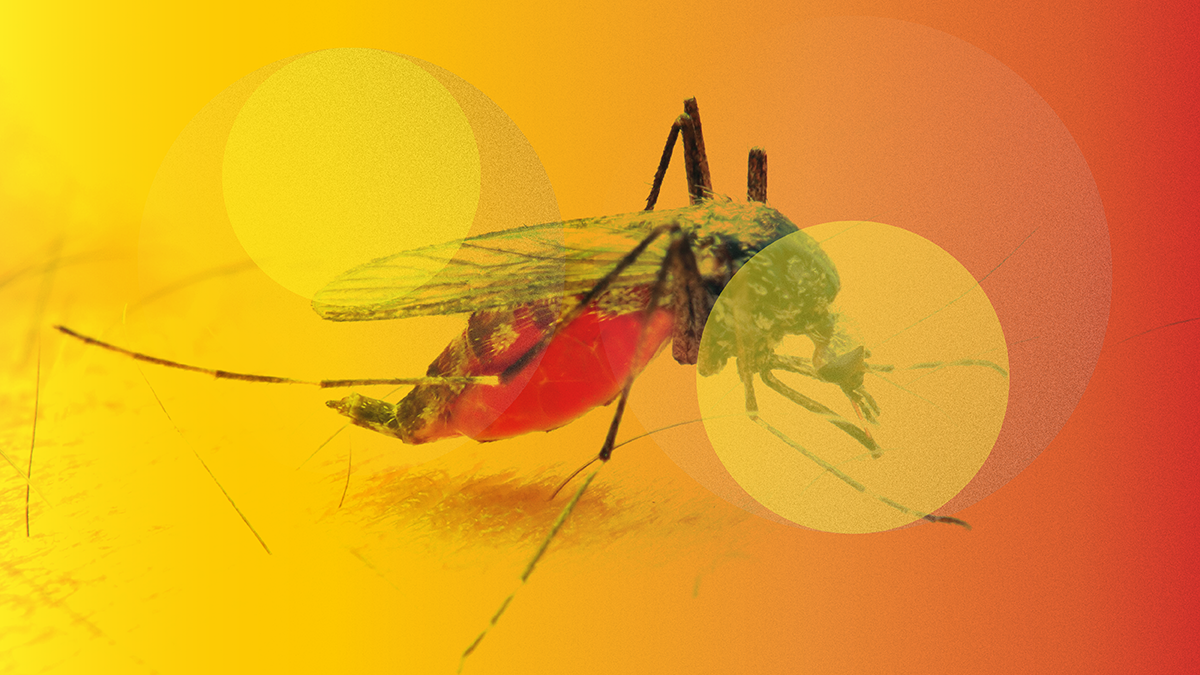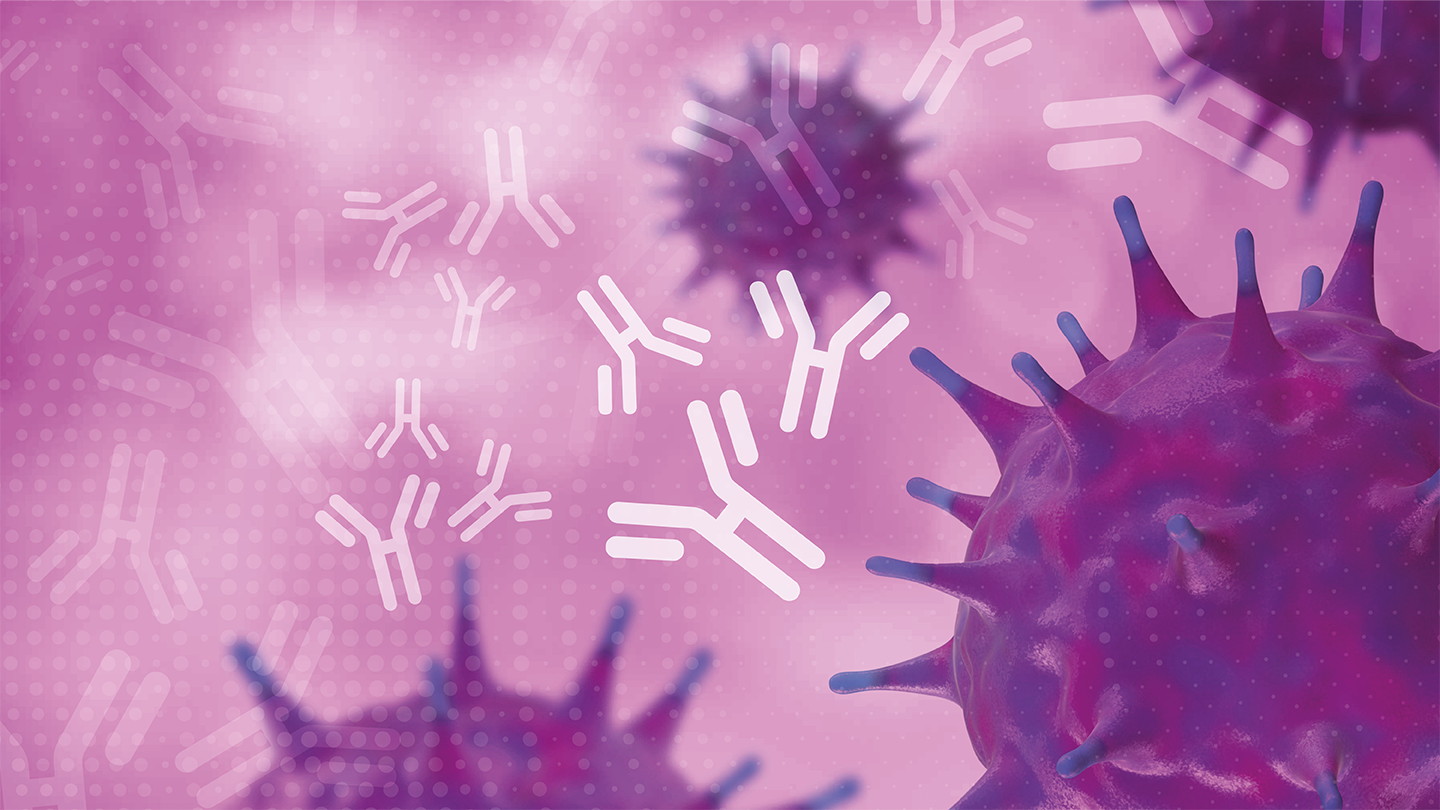Halting Malaria in Its Tracks
A new CRISPR suppression system shows promise for eliminating malaria-spreading mosquitoes
Down one corridor in the School of Biological Sciences at University of California, San Diego, you’ll find The Akbari Lab, quite a few mosquitoes, and a team of researchers working on CRISPR technology – and genetically modified vector control tools – to genetically suppress those mosquitoes at the population level (1). We spoke with Reema Apte, a UCSD biological sciences graduate student and co-first author of the paper to learn more…
What was the starting point of this study – and what did you find?
Our project started with a simple question: what would happen if we used CRISPR to kill female mosquitoes – the sex that bites and transmits pathogens to humans? In 2021, another group published their discovery of femaleless (fle) and outlined the importance of this gene in females (2). Accordingly, we wanted to explore whether disrupting fle could improve the female-elimination properties of a CRISPR technology we were developing.
Frankly, our results were astounding: not a single female survived, but the males appeared healthy and able to reproduce. We then realized our system – Ifegenia – had much bigger applications for vector control.
What is Ifegenia – and how does it work?
Inherited Female Elimination by Genetically Encoded Nucleases to Interrupt Alleles – Ifegenia – is a novel system that involves crossing together separate Cas9 and fle-targeting gRNA lines. The offspring inherit both Cas9 and gRNA, which work together to disrupt fle.
Previous vector control technologies involve releasing mosquitoes that have been engineered to suppress or modify the wild mosquito population. Ideally, these releases should exclude female mosquitoes, which can bite and spread disease. Ifegenia is significant because it can genetically eliminate females and pair with vector control technologies to exclusively produce males for release. In fact, Ifegenia is a first-of-its kind Genetic Sexing System in the species.
Personally, I find Ifegenia’s second application the most exciting. We demonstrated through small cage trials and mathematical modeling that it can be used as a novel vector control technology, which allows fle knockout males to be released into the wild and introduce disrupted fle alleles in subsequent generations – Trojan Horse-style.
What makes Ifegenia so special?
Ifegenia – contrary to former genetically modified vector control technologies – is both self-limiting and has the potential to be scaled in Anopheles gambiae. This technology spreads at regular Mendelian rates, making it a more controllable and safer alternative to gene drives.
Ifegenia also requires multiple releases for suppression, making scalability important. Female elimination is only induced by a genetic cross between the Cas9 and gRNA lines. Therefore, the Cas9 and gRNA stock lines have normal sex ratios to the benefit of mass rearing and scalability. Additionally, Ifegenia genetically eliminates females, so there is no need to manually sort each female prior to release – again, boosting scalability several fold.
How does your research address the ethical concerns surrounding gene drive modifications?
The predominant ethical concerns regarding gene drives surround their uncontrollability. Gene drives are transgenes that have been engineered to rapidly propagate themselves throughout a wild population. This means we have limited control over gene drives once they are released. Furthermore, mosquitoes can typically evolve resistance against the gene drive in the wild – hindering the spread of the drive and its benefits.
To be clear, Ifegenia is not a gene drive. Like gene drives, Ifegenia involves spreading transgenes and mutated alleles in the wild population, but Ifegenia is safer because it is self-limited and more controllable. By keeping our Cas9 and gRNA components separate until the two lines have been crossed together, we help to keep the system stable and reduce the risk of resistance buildup.
How do you envision the future use of CRISPR technology against infectious disease?
There’s lots of exciting work right now to combat infectious disease using CRISPR. For example, our lab recently used Cas13 – an RNA-targeting Cas enzyme – to develop a vector control technology targeting mosquito-borne RNA viruses, such as dengue.
Other groups are also developing ways to use CRISPR as a therapeutic agent against infectious disease. For example, CRISPR can be used to target pathogens, and there has been work to develop CRISPR-based methods to reduce antibiotic resistance. Beyond this, CRISPR is also being used to develop new diagnostics against infectious disease; however, as our technologies continue to improve, it is important to keep up with the social discussion and policymaking for these technologies.
What’s next for your research?
Developing Ifegenia is the first step on a long road to implementation. We demonstrated the technology’s suppressive effects in small cage trials and modeling, but we still need to demonstrate suppression in larger-scale field trials, gain regulatory approvals, and sort out the logistics and infrastructure for deployment. Nonetheless, Ifgenia has the potential to save lives – and I think this mission is worth the investment.
Reference
- AL Smidler et al., “A confinable female-lethal population suppression system in the malaria vector, Anopheles gambiae,” Sci Adv, 9, eade8903 (2023). PMID: 37406109.
- E Krzywinski et al., “femaleless Controls Sex Determination and Dosage Compensation Pathways in Females of Anopheles Mosquitoes,” Curr Biol, 31, 1084 (2021). PMID: 33417880.





